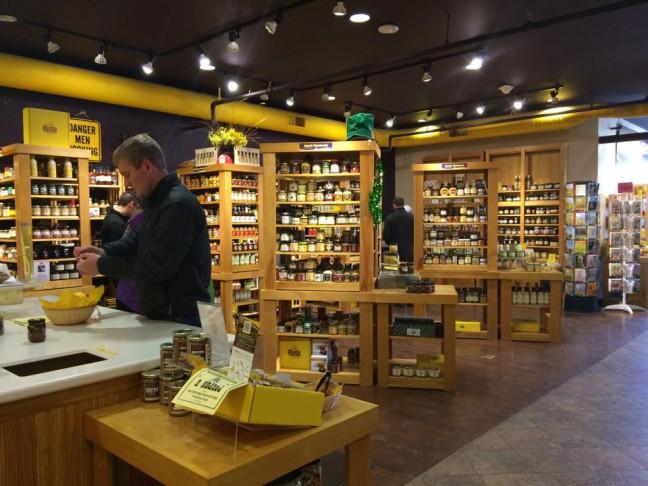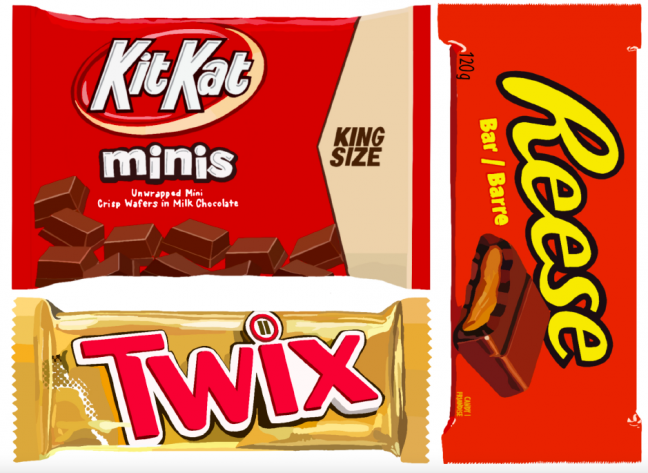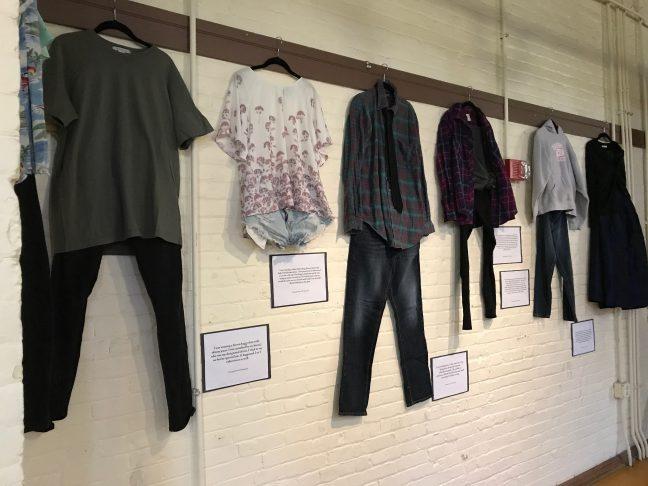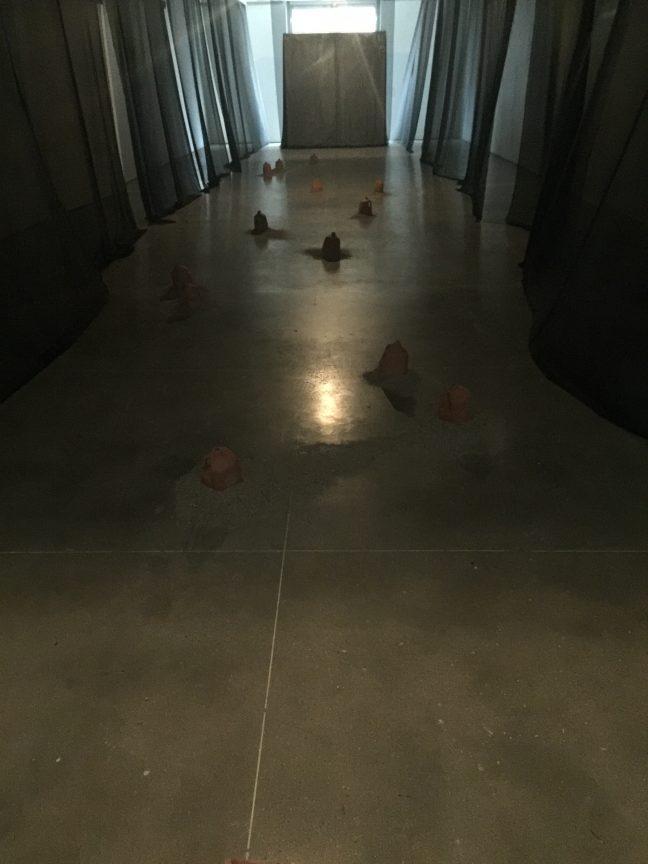It’s early Saturday morning. At this time, many Badgers are popping Advils, angrily slapping the snooze button and desperately groping for a glass of water. But not me. I’ve been riding the bus for nearly an hour, eagerly en route to the National Mustard Museum in Middleton, Wisconsin.
At this point in the morning, my impression of mustard is similar to that of many Americans – it’s a nondescript plant of some sort, often found in a pungent yellow goop that I slather on a microwaved hot dog after realizing I’m out of ketchup. It took nothing short of an entire museum dedicated to the seed to make me realize that the world of mustard is much more vast than I thought.
In 1992, Barry Levenson founded the museum after developing an intrigue for mustard six years earlier as a coping mechanism for watching his beloved Boston Red Sox lose the 1986 World Series. Twenty-three years later, this small establishment in the middle of Wisconsin stands as an international hub for enthusiasts of the zesty nectar.
Just after entering, it becomes abundantly clear this is no land for ketchup lovers. Smiling staff clad in yellow and purple uniforms cheerily greet the curious pilgrims to the mustard mecca, eager to proclaim the museum’s many virtues. Some of the attractions the establishment offers are a well-stocked gift store, a collection of over 5,000 mustards from across the globe, a mustard-themed movie theater and antique collections of ornate mustard accessories.
It took me a few minutes to adjust myself to the reality that many people had worked to create a museum dedicated to such an esoteric subject matter. The care they take to create and present such a specific collection was charming. It was comforting to know that all it takes for some people to fulfill a dream is a building packed full of mustard.
The whole museum is presented with a mildly tongue-in-cheek demeanor, acknowledging the absurdity of the collection while proudly displaying unbridled passion for the cherished condiment. Professional and engaging curation tell the story of mustard’s history, production and popularity, although the focal point of the museum is the staggering collection of mustards sourced from 70 countries across the globe.
It made me feel like I had been missing out on a wild mustard subculture. All my life I had written off mustard as a very limited-use product, only for foods made on a grill and rarely unaccompanied by ketchup. To suddenly discover that maple mustard and caramel mustards exist – and could be easily applied to ice cream or other desserts – was a staggering revelation regarding the versatility of mustard. It made me realize that the term is an overarching word for a wide subset of sauces, not a specific word for the yellow spread that most Americans find in grocery stores.
The attraction extends beyond just the museum, as the upstairs gift shop features a tasting station where visitors can sample over 500 varieties of mustards. A focal point in itself, this culinary peculiarity carries flavors such as cranberry mustard, cognac mustard, Jim Beam whiskey bacon mustard and, my personal favorite, key lime ginger mustard. With an accompanying pretzel stick, the citrus flavor of the lime blended well with the comparatively subtle tangy notes of mustard and ended with a gingery aftertaste.
Welcoming around 35,000 visitors each year, the National Mustard Museum stands in defiance to the average American who is overwhelmingly apathetic about this delectable spread. It shows the complexity of the mustard seed, which no longer felt like just a nondescript paste that appears at tailgate parties. It’s a noble and complex seed that people can use in an astounding variety of ways.
To top everything off, the museum is free and open seven days a week.
If you’re looking for an adventure, in the market for an artisanal bleu cheese dijon mustard, or in need of a bold and sexy first date idea, Middleton’s own National Mustard Museum is an unexpected option.














